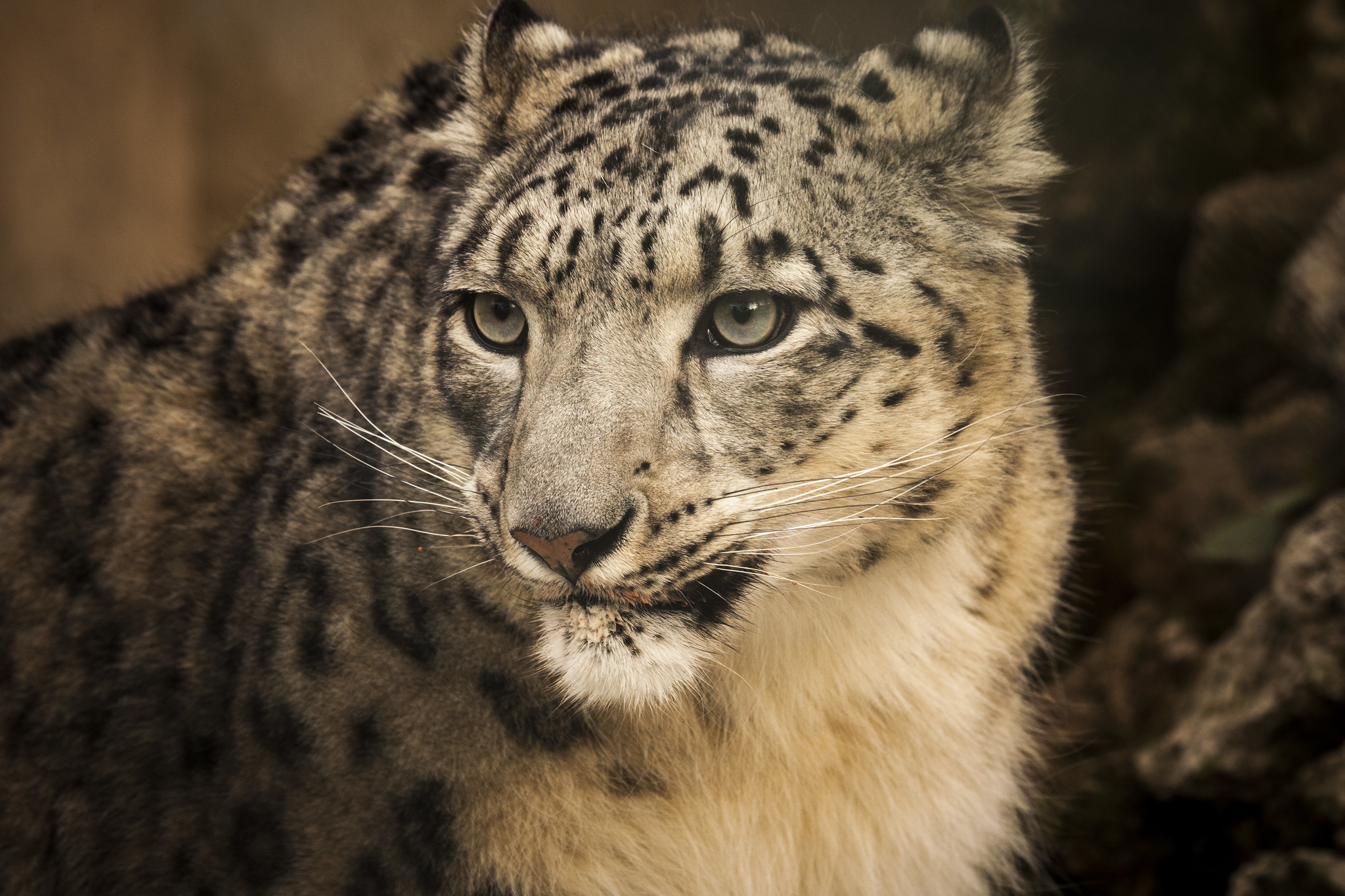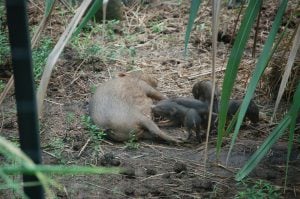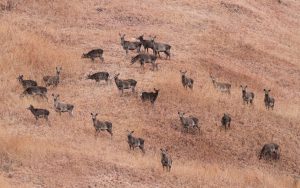Sajid Hussain, a field assistant associated with the World Wide Fund for Nature-Pakistan (WWF-Pakistan) has conducted surveys for eight years for the conservation of the common leopard (scientifically known as Panthera pardus) in the protected Ayubia National Park in Pakistan’s Khyber Pakhtunkhwa province.
Hussain was among the team present in Pakistan when the common leopard was radio collared for the first time in 2013 in a collaborative effort by the provincial wildlife department and WWF-Pakistan.
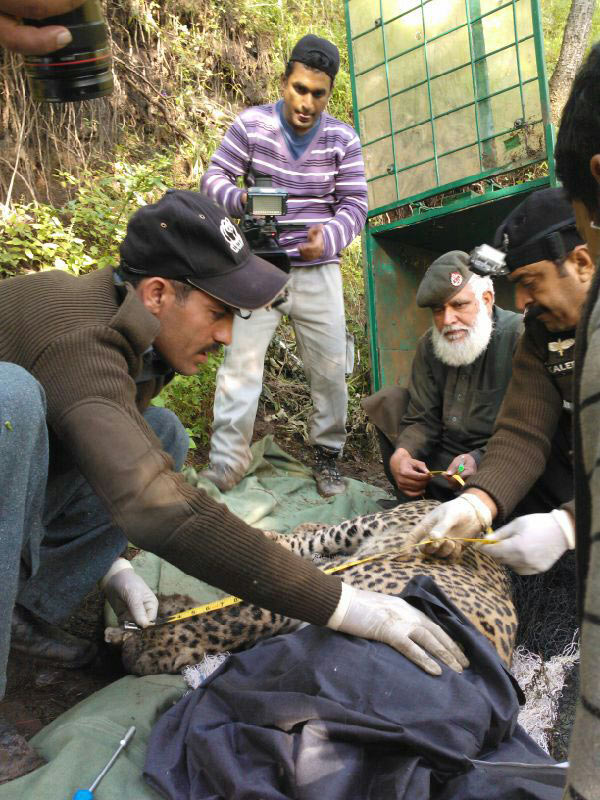
Hussain said, “The common leopard is a territorial, nocturnal and shy animal, and prefers to live in forests. The animal has a long distribution range but due to a burgeoning population and the conversion of forest habitats for agriculture and settlement purposes, the common leopard’s habitat has shrunk and confined it to the Margalla Hills National Park, Murree, Galiat forest division, Mansehra, Azad Jammu and Kashmir (AJK), and some parts of Punjab.
The impact of climate change, though, is forcing a change in habits and habitat.
Hussain shared how surprised the conservation team was over two years ago when a colleague from Chitral captured a picture of a common leopard during a survey in its habitat in the Chitral Gol National Park situated close to the Afghanistan border.

According to Hussain, field experts believe that it is likely that climate change caused the common leopard to intrude on the snow leopard’s habitat.
“There is a likelihood that the common leopard might have come from the closest common leopard habitat, but that is yet to be known. The presence of the common leopard in the snow leopard’s territory can be dangerous for the snow leopard due to its aggressive nature.”
Reported intrusions
The snow leopard has a wide habitat range of about 80,000 square kilometres in Pakistan and mostly lives above the treeline. In the Hindu Kush range, it is found in the Chitral district of Khyber Pakhtunkhwa, and in the Karakoram range it is found in Gilgit, Ghizer, Hunza-Nagar, Skardu and Ghanche districts. Mehmood Ghaznavi, the conservator with the government of G-B’s Parks and Wildlife Department said that the estimated population of the snow leopard in Gilgit Baltistan is around 200.
Ghaznavi is convinced that the snow leopard is being affected by climate change.
“The habitat change of its prey, such as the Himalayan ibex and blue sheep, as well as the changes in rainfall patterns, are the major reasons behind this,” he said.
He also refers to a recent incident in the Ghizer district of Gilgit Baltistan, where six ibex died due to an avalanche. “Climate change is resulting in an increase in avalanches in the Hindu Kush Himalayan region of Pakistan. Not only is this affecting the snow leopard’s prey but the incoming avalanches at times kill the snow leopard itself,” said Ghaznavi.
The sighting of the common leopard in the snow leopard’s habitat is becoming more frequent. For instance, in the remote Niandu village in China’s Qinghai province — which is a snow leopard stronghold — a video camera trap installed in 2016 revealed that snow leopards and the common leopard use the same area. The footage showed the common leopard wandering the area on July 14 and on July 29 it showed the snow leopard visiting the area and made its presence using pug marks. The common leopard visited the area again on October 21 — this time, accompanied by her cub.
In Pakistan, the presence of the common leopard in the snow leopard habitat of the Chitral Gol National Park is not the only incident, as another common leopard has been spotted in Passu valley, near the mighty Baltoro glacier which is one of the longest glaciers outside the polar region in the Karakoram range of Gilgit Baltistan.
The Passu valley is a popular snow leopard habitat where tourists go each year in the hope of spotting the elusive snow leopard, also known as the ‘the ghost of the mountains’.
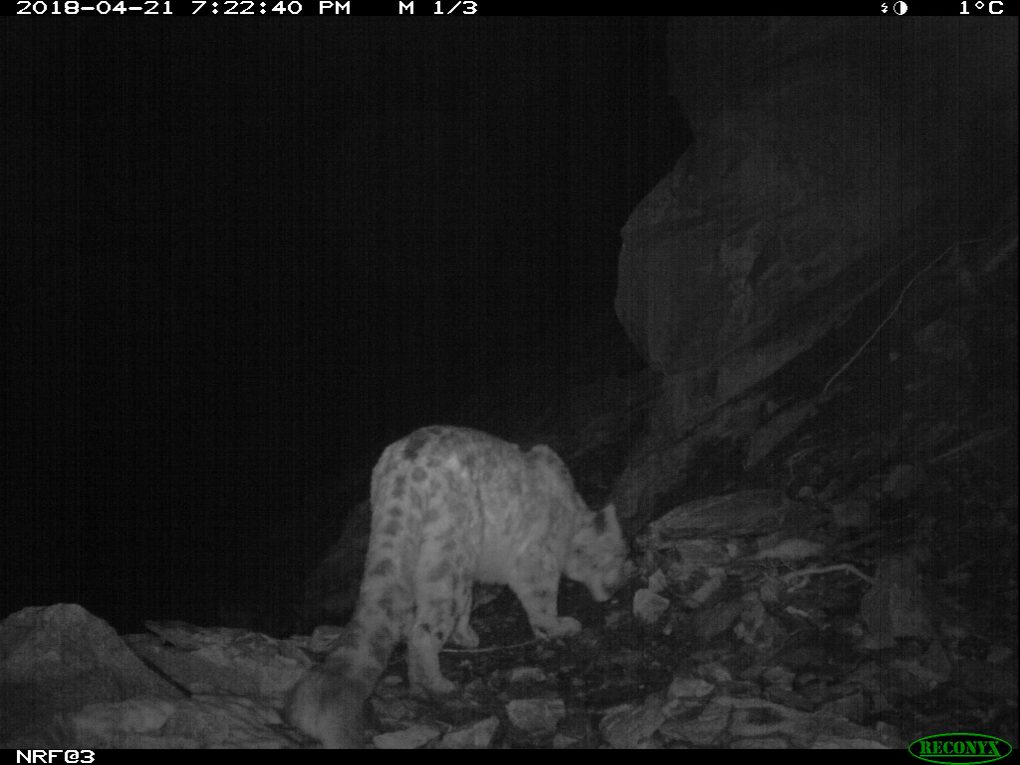
“Our team went to several valleys in the Hunza-Nagar districts — including the Passu, Hoper, Hisper and Hussaini valleys in Gilgit-Baltistan — to install 46 camera traps across 3,000 square kilometres of rugged mountain terrain to map the snow leopard’s movements,” he said.
Nawaz added, “In the Passu valley, we met a guide who complained about increased snow leopard attacks on livestock in their village, which led us to install some camera traps there as well. To our surprise, the camera trap pictures revealed the presence of a common leopard in the area.”
“From the same camera traps, we found out that the snow leopard was also using the same trail, which was striking for us.”
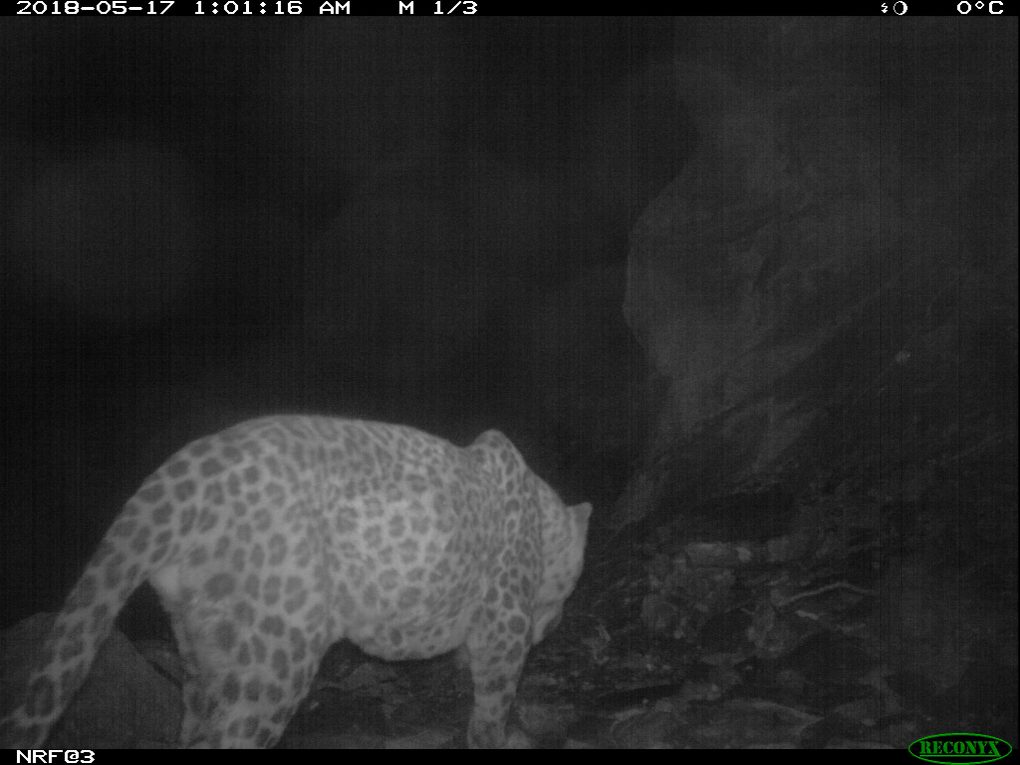
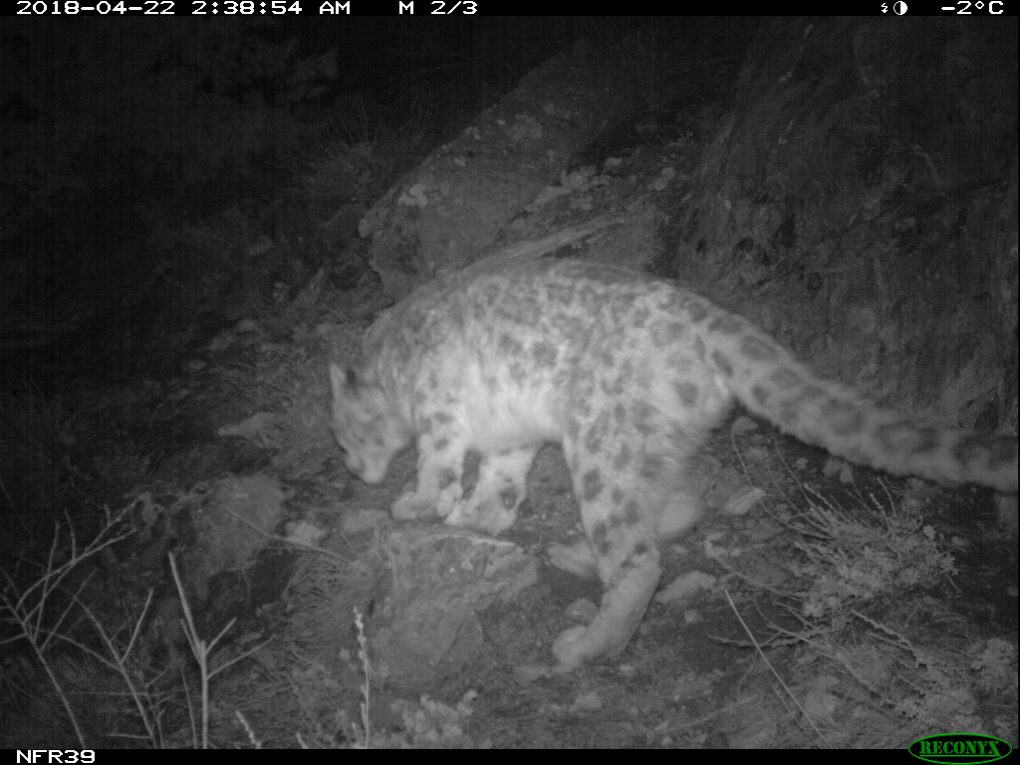

“Diamer district is about 300 to 400 kilometres away from the camera trapping site but these large cats can travel long distances. The surprising part, however, is the terrain, as the Baltoro glacier is not home to the common leopard,” he said.
Survival of the fittest
Wildlife expert Ashiq Ahmad Khan, who won the prestigious 2016 Kenton Miller Award, said there appears to be no immediate threat to the snow leopard from the common leopard.
“The common leopard, mostly a predator of dogs, monkeys, poultry birds and smaller mammals, may take years to adapt to the feeding habits of snow leopards that prey on animals such as the ibex, markhor, blue sheep and marco polo sheep,” said Khan.
He said the survival of the snow leopard can be threatened only if the common leopards are forced to leave their original habitat, increase their population, occupy the snow leopard’s natural range and learn how to climb the rugged mountains to follow bigger prey species.
Nawaz disagrees. He said, “The common leopard is a stronger animal than the snow leopard, and it can push the snow leopard into marginalised habitats, where there is limited availability of prey. This may affect the breeding capacity and long-term survival of the snow leopard.”
The snow leopard has been living in the snow-capped mountains and glaciated areas for years. Communities in the area know that the animal hunting their livestock is the snow leopard. The co-existence of humans and wildlife is an evolutionary phenomenon. The arrival of the common leopard in the snow leopard’s habitat is causing problems for the community.
The common leopard is more aggressive and hunts larger livestock, including cows and buffaloes.The common leopard also has a long history of conflict with humans. In the summer of 2005, six women were killed by a single common leopard.
Nawaz fears that the intrusion of the common leopard in the Passu valley may intensify the human-snow leopard conflict. “In December 2017 and the following months, the Snow Leopard Foundation was receiving complaints from the locals of Passu valley regarding increased attacks on goats, sheep and even cows. People were thinking that the population of snow leopard has increased in the area.”
“But with the photographic capture of the common leopard in Passu valley, the whole puzzle was solved. It was actually the common leopard predating on livestock. Since the people were unaware of it, the snow leopard was being blamed,” he said.
Ashiq Ahmad Khan argued that there were more immediate threats. “The unnatural deaths of snow leopards due to retaliatory killings by the mountain communities and by poachers for its skin and bones are the biggest threats they face in Pakistan.”
The climate-induced migration of the common leopard should be a wake-up call for the government. It signals that the worst is yet to come and that it is not merely a fight for territory between the snow leopard and the common leopard, but that the entire ecosystem of the Hindu Kush Himalayan region of Pakistan is at risk due to climate change.
Also see: Elusive snow leopard photographed in Sikkim
Also see: Photographing the elusive Himalayan snow leopard
